In-ear shaping, the shape of the human ear(s) is altered as a body modification practice, resulting in an appearance that’s not human. Otoplasty, medically speaking, is a procedure for reshaping ears to give them a normal appearance. The process of ear sculpting is usually performed by body modification artists.
Various methods are available to change the appearance of human ears, such as cropping and pointing as well as the amputation of various parts of the ear. Specific results may be achieved through a combination of the various methods.
It is done by various methods to make them resemble elves or Vulcans, including elfing their ears. Most commonly, a small wedge-shaped piece of skin is removed from the top of the ear, and the edges are sutured together. Generally, Steve Haworth is credited with the creation of this procedure.
The shape was first achieved by folding the client’s helix and trimming it. Then it was sutured together to produce a pointy appearance. In addition, a new procedure recently developed by Samppa Von Cyborg makes the pointed ears look much more natural.
Her elf ears were worn away by Cate Blanchett during her time as Lord of the Rings. The woman added bronze to her false ears to preserve them for a long time. In addition to their fans, they are also very popular… That’s why they’re also getting elf ears. I’m not talking about the prosthetics. It’s as if their ears are being permanently pointed. Splitting the cartilage at the middle of the ear and sewing them into a point, is an extremely dangerous procedure. This is a trend that is being carried out across the country, according to ABC.
As far as our ideology is concerned, we do not object to bobbling one’s ears so that one looks like an alien, a Vulcan, or a mutant. Even though the procedure has changed dramatically, we are still suspicious of who is conducting it: Instead of plastic surgeons who are licensed to operate, may be able to administer pain medication, and have experience in the field, spectators are turning to body modification artists.
Preparation for Elf Ears
Contents (Click to Jump)
A facial plastic surgeon will consult with you if you decide to have your ears reshaped. We cannot begin the process of treating you without knowing your medical history, which includes your medical history, your past and present health issues, medications, vitamins, and nutritional supplements you have used or are currently taking. To determine the best approach for your specific situation, your surgeon will examine your ears and how they relate to other facial features.
When deciding whether or not to reshape your child’s ears, it’s important to consider your child’s wishes and needs. Insisting on surgery should not be your policy if your child does not want to undergo it. Often, children who are uncomfortable with their ears and wish to have surgery are more cooperative during their healing process.
Depending on whether your surgeon thinks you are a good candidate, he or she may discuss the anesthesia, technique, facility where the surgery will take place, and risks and costs involved with ear reshaping before performing the surgery. If you have any questions regarding your surgery, speak with your doctor and express any concerns you may have.
Procedure Of Elf Ears
An outpatient procedure called ear reshaping can be performed in an office-based surgical suite, a hospital, or at an outpatient surgery center. You will usually stay in the hospital for no more than two nights if you are admitted.
You will undergo local or general anesthesia during your procedure for you to be comfortable. It’s numbing the ear and the surrounding area during surgery, and you remain awake, relaxed, but relaxed after the procedure with local anesthesia. The pediatrician typically recommends general anesthesia because it keeps the patient unconscious throughout the whole procedure. In general, ear reshaping takes between two and three hours, depending on how extensive the surgery is and the type of technique used.
A common ear reshaping procedure involves the surgeon making an incision behind the ear, at the natural point where the ear meets the head. Once sculpted, the cartilage will be bent back towards the head for rejuvenation. The new shape may be maintained with non-removable stitches. In some situations, the surgeon will remove a larger piece of cartilage to make the fold look more natural.
In addition, another technique involves a similar incision behind the ear. An ear can be reshaped without removing cartilage by removing skin and using stitches to fold the cartilage back on itself. Generally speaking, the ear will have a thin scar behind it after healing. Due to its location in the natural crease of the ear, however, this scar is barely noticeable.
Risks Associated
There is a small risk associated with ear reshaping because the procedure is common and very common. It is possible, however, that complications may arise from any surgery. Occasionally, in the ear, blood clots can form that dissolve on their own or can be removed via a needle. An infection in the cartilage may occur in very rare cases, though antibiotics can be taken and, in severe cases, surgery can be performed.
In both the lead-up to and after the procedure, you can help minimize certain risks by following the advice and instructions given by your facial plastic surgeon. You will receive specific instructions regarding how to prepare for surgery from your surgeon once the surgery date has been decided. You will also find guidelines regarding alcohol, smoking, prescription medications, and the use of vitamins. Those who smoke are highly encouraged to stop smoking for some time before and after surgery. Also, make sure you make arrangements for someone to drive you home after surgery and then take care of you until you feel better afterward.
Recovery after Elf Ears
The healing process differs from patient to patient and takes place in stages.
Immediately following surgery, you will be taken into a recovery area and closely monitored. After a few hours, most patients can go home. Although some patients stay a night or two, depending on the severity of their condition.
A large bandage will be placed over your head immediately following surgery to promote the best healing and molding. It’s natural for the ears to throb or ache during the first few days, but your surgeon can prescribe medications to ease any discomfort. It is recommended that you sleep on elevated pillows for seven or more days, and not on your side, to avoid putting pressure on your ears.
Resuming Normal Activities
Following surgery, your surgeon can provide you with detailed instructions and guidelines regarding returning to your regular daily schedule. After your surgery, your body may begin feeling better after a day or two. However, it is recommended that you take it easy for the first week after the surgery. We will remove your bandage within a few days and replace it with another head dressing, which resembles a headband. It is especially important to follow the directions your surgeon gives you about wearing this dressing at night. It is usually possible to remove temporary stitches after a week.
During the first month or so after the surgery, you should avoid any activities that bend the ear. After being out of work for five days, most adults can return to work. After a week, children can go back to school as long as they’re careful not to overdo it on the playground. For a few weeks, you might like to ask your child’s teacher to keep an eye on them.
Follow-Up of Elf Ears
You will be seen by your surgeon for frequent follow-ups in the months after your surgery to evaluate your progress. Any unusual symptoms you experience, or any questions or concerns you may have, should be addressed to your surgeon.
Typical costs of Elf Ear Procedure
Usually, a plastic surgeon will charge about $2500-$7500 for this procedure. At the California Center for Plastic Surgery, ear pointing surgery is performed. The approach is fairly straightforward: the patient meets with Dr. Sean Younai for an initial consultation ($250), where he evaluates their ears and examines their needs. It usually costs between $6,000 and $7,500 to have elf ears removed at the California Center for Plastic Surgery.
Otoplasty (ear surgery) costs an average of $2,987, according to research conducted by the American Association for Aesthetic Plastic Surgery. In addition to a surgical facility, anesthesia fees, medical tests, and prescriptions, the site notes this does not include fees for tests, medical tests, or prescriptions.)
The cost of ear-pointing surgeries is typically lower when performed by body modification specialists than by plastic surgeons. Typically, body modifiers that perform ear-pointing surgery charge between $600-$1,000 per ear. All body modifiers are not plastic surgeons. This is important to remember. The use of anesthesia by body modifiers is not allowed by law.
The surgeon or body modifier must offer an initial consultation that includes evaluating and assessing the patient’s needs before the procedure takes place. In addition to providing a total fee for the procedure, the surgeon should discuss the procedure and options with the patient. An appropriate cost for the procedure should cover not only the surgery itself but also after-care and follow-ups.
Depending on whether the surgery corrects a birth defect or deformity, health insurance may cover the entire cost of the surgery or partially. Instead of the full ear pointing procedure – which is irreversible – patients can opt for prosthetic attachments that are considerably less expensive. Costs range from $10 to $20 for most prosthetic pointy ears.
There is no guarantee that consultations will be included in the procedure cost. There are some consultations offered for free, and others cost between $250 and $500. A physician or anesthesiologist might be needed during the procedure, and anesthesia charges may be added. Furthermore, prescription medications might also be prescribed post-procedure even though their cost is not covered by insurance. If a procedure is performed in a hospital setting as opposed to the practitioner’s office, there could be additional fees associated with hospitalization.



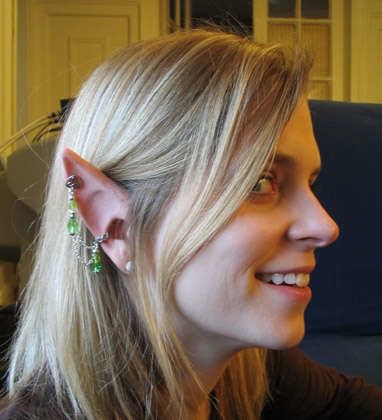
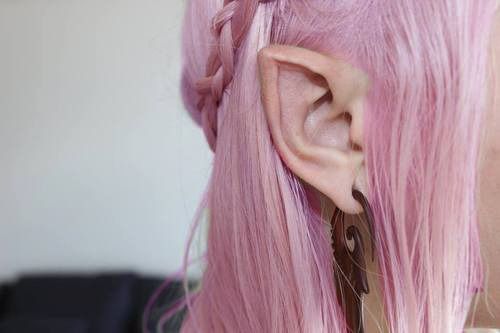

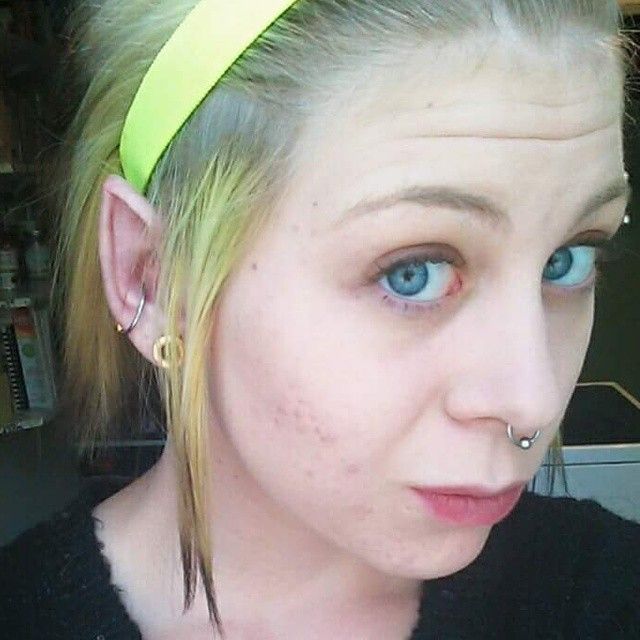
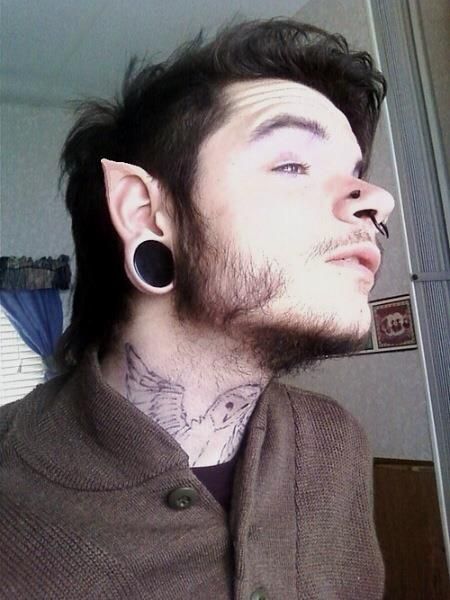





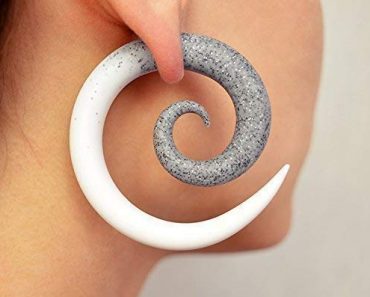





I love elf ears body modification! They are so unique and beautiful!